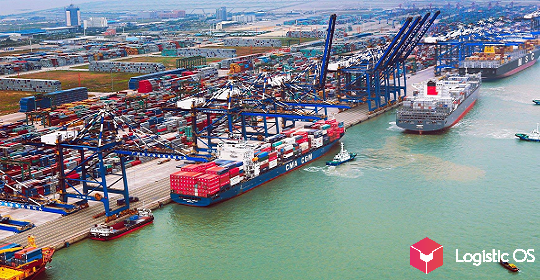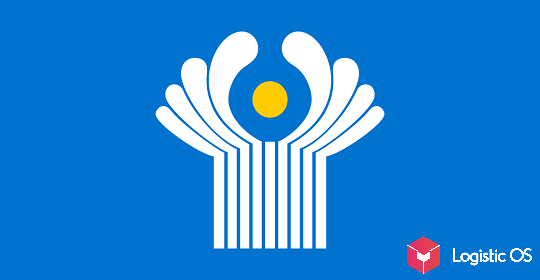Consulting company BEFL has updated the rating of Russian companies with the largest land bank. The leaderboard remains unchanged.
In general, the land bank continues to grow, and mainly due to the largest enterprises.
Currently, Miratorg is in first place on the list, its total land area is 1.1 million hectares, almost the same as that of the agricultural complex named after. Tkachev, who is in second place.
This is followed by Prodimex — 900 thousand hectares, then Rusagro, which increased its land bank from 643 thousand hectares to 670 thousand hectares in a year.
The Niva company completes the top 5 — 630 thousand hectares. The composition of the top 5 in the end remained the same as it was a year ago.
If we take the total values, then the top 5 leaders of the agro-industrial complex increased their land bank this year from 4.1 million hectares to 4.4 million.
In general, according to BEFL, last year the list of the largest Russian companies in the agro-industrial complex consisted of 71 positions, and their total land bank was 16.7 million hectares.
This year we are talking about 73 companies that own 17.4 million hectares in total.
In total, we observe how the land bank has grown by 619,000 hectares over the year. This may become a prerequisite for a further increase in the volume of harvested crops.
Land becomes more expensive in Russia
Last year, one could notice a significant increase in the value of land assets, especially if we talk about the land that is located in the central Russian regions.
So far, the rise in prices has somewhat slowed down, but despite this, investments in land remain popular among investors.
The reason for this may be increased activity in the market, because agro-industrial giants are increasing their land bank largely due to mergers and acquisitions.
They, in turn, lead to the fact that fewer and fewer small and medium-sized companies remain on the market.
On the one hand, this is not bad, because it “cleanses” the market from inefficient enterprises, on the other hand, it creates risks, because the level of monopolization increases.
However, there are still at least 100 companies present in most of the country’s main crop growing areas, each owning at least 5,000 to 10,000 hectares.
So the competition is still there for the time being.
Most of the land per company is in the Volgograd region, in the Saratov region, in the Novosibirsk region, as well as in Tatarstan, Stavropol, Altai and the Tambov region.

